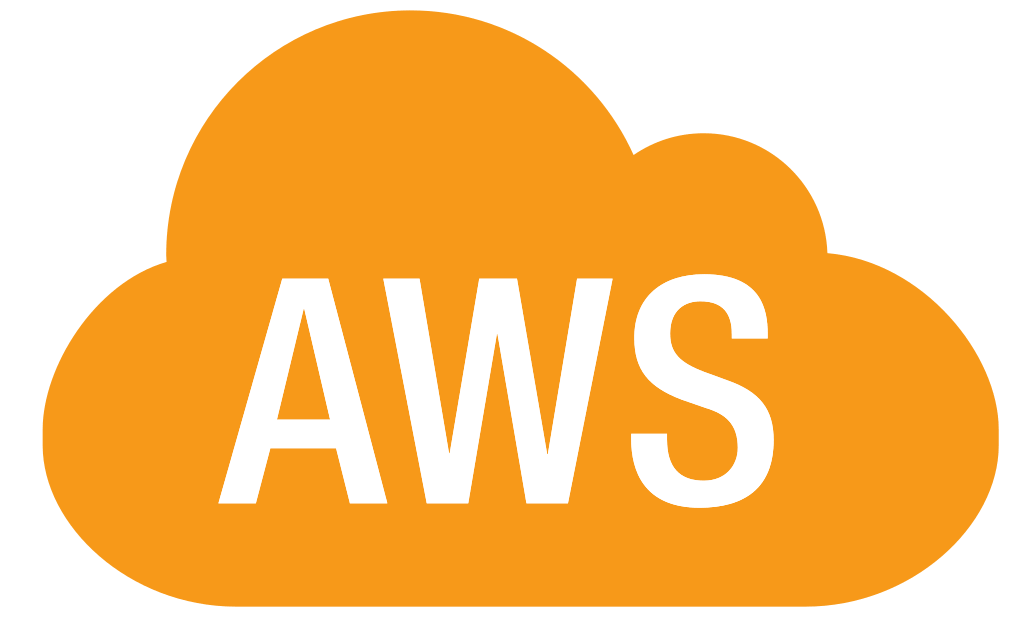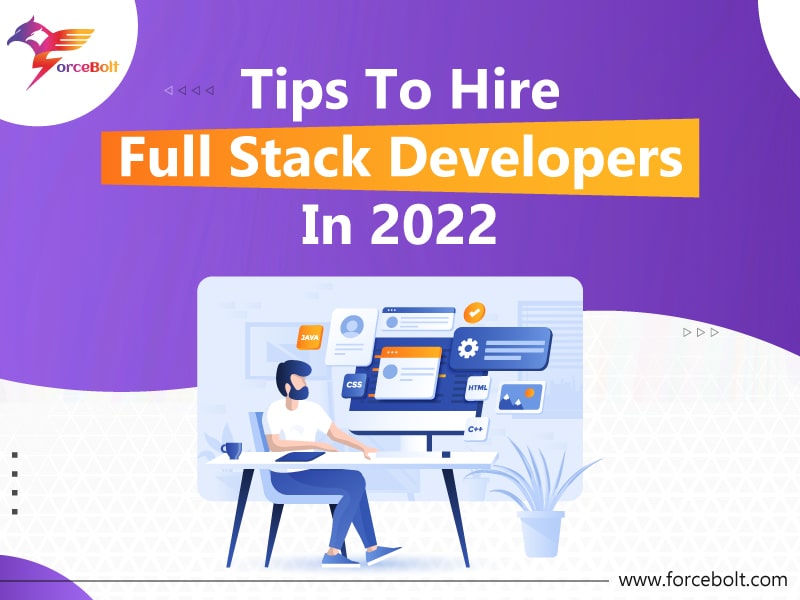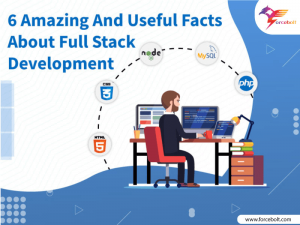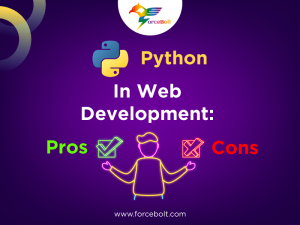Sharing is caring!
In today’s technology world, the demand for Full Stack developers is on the rise as they master core technologies, making them capable of finding effective solutions to common development issues faced by many Full Stack development companies in the market.
Evans Data Corporation reports in its Worldwide Developer Demographics and Population Study 2021 v2 that developers will increase to 45 million by 2030. The number recorded in 2020 was 27 million.
The number registered in 2020 is 27 million. According to statistics from the US Bureau of Labor Statistics, the employment of software developers will increase by 22% by 2029.
The latest statistics presented above show that business owners are urged to hire a Full Stack developer for the critical phase of MVP when building a website or API application. When it comes to hiring a Full Stack developer, there is a lot more to consider to unleash the full potential of your Full Stack development process. But before understanding what to look out for in a full stack developer while hiring, you need to know who Full Stack developers are?
Who Is A Full Stack Developer?
A Full Stack developer is a competent individual capable of developing a full-fledged version of the web applications and is very familiar with a blend of technologies such as HTML, CSS, PHP, Angular JS, and others. They are proficient engineers with diverse coding skills who can seamlessly work on databases, servers, systems engineering, and clients.
A good Full Stack developer is someone who can solely build and manage the front-end and back-end of the website. Whether you are an entrepreneur or a Full Stack development company, hiring a Full Stack developer for your business is an ideal choice as they stay abreast of industry trends and have in-depth knowledge of all aspects of a development project.
When To Hire A Full Stack Developer?
Getting a Full Stack developer in a team can do wonders for your business and help you achieve your business goals, including successful product development and delivery. If you’re not sure when to hire Full Stack developers for your team, consider the following scenarios:
- If you require an MVP for your projects.
- When you need a project manager, who knows what the client wants and how to deal with it.
- When the size of the project is relatively smaller.
- When the project is simpler when it comes to functionality.
- When the company is not aware of the application and often needs to make changes during software development.
- If the project demands a project supervisor.
- When a product owner needs assistance in the form of an application development partner, hiring Full Stack web developers can help product owners stay on top of the budget.
What To Look Out For In A Full Stack Developer?
Programming Languages For Front-End Development
HTML: Hyper-Text Markup Language is a markup language where the hypertext links various website web pages. Web Designers program a web page in angular tags, and that’s how they document the page’s structure.
CSS: Cascading Style Sheets is an easy language that describes how HTML elements are displayed on the webpage. With CSS, you can apply various styles to your web pages.
JavaScript: JavaScript is a scripting language that makes your web page interactive and eye appealing. It enables you to create dynamically updating content, control multimedia, and animate images, enhancing the website’s functionality.
Programming Languages For Backend Web Development
PHP: Being an expert in PHP will allow Full Stack developers to create web applications for many operating systems such as Linux and Windows.
Python: Python offers a variety of libraries. It allows Full Stack developers to deploy command-line scripts, GUI applications, and web applications. Developers can also explore Python web programming frameworks like Django or Flask.
Ruby: Ruby is an ideal programming language for backend development as the community highly supports it.
Java: Java offers the broadest range of Full Stack developer frameworks to create cross-platform, cross-device apps.
C++: It is a high-level, general-purpose, object-oriented programming language. C++ is widely used for back-end programming and competitive programming.
TypeScript: The popularity of TypeScript is closely tied to the rise of Angular. TypeScript complements JavaScript, where code editors such as Visual Studio Code provide developers with an excellent set of tools.
Front End Frameworks For 2022
Angular.js – Angular.js is an open-source JavaScript framework used to develop single-page web applications. Angular converts static HTML to dynamic HTML by extending HTML attributes into directives and associating data with HTML.
React.js – React.js is a component-based framework that helps Full Stack web developers to create complex user interfaces easily. The code can be easily debugged with React.js, known as a component-based, declarative, and flexible JS library.
Vue.js – Vue.js is the framework Full Stack web developers use for smaller projects. Vue.js is easier to learn and faster to get the desired results.
Bootstrap – A free, open-source tool that contains HTML, CSS, and Javascript for designing adaptive and mobile & web applications.
jQuery – jQuery is an open-source javascript library that effectively handles browser events, DOM animations, HTML doc traversing and manipulation, Ajax interactions, and JS development.
SASS – SASS Stands for Syntactically Awesome Style Sheets, an extension of the CSS. SAAS, a preprocessor scripting language, is compiled and interpreted in CSS. With SAAS, you can extend your current CSS functionality from inheritance to insertion variables.
Back End Frameworks For 2022
Node.js – Node.js gives developers the performance, scalability, and speed they need in the development process. Without a doubt, hire Full Stack developers who are experts in Node.js, as they can do wonders with Express middleware.
Django – Django is one of the versatile, scalable, and secure frameworks that has been thoroughly tested and optimized for SEO. It can be used for efficient and rapid development using its detailed documentation.
Ruby on Rails – Ruby on Rails is a web application framework for the Ruby programming language. An MVC framework provides default structures for a database, web service, and web pages.
Laravel – Laravel is another MVC pattern-free and open-source PHP framework for web application development.
Spring – Spring is a lightweight Java-based web application framework. Spring framework enables you to create a functional UI back-end with embedded HTTP that serves like Jetty or Tomcat.
GitHub – GitHub is also known as a Git repository hosting service. It fulfills the needs of all types of projects by providing effective collaboration services and tools. This repository hosting service would empower Full Stack developers to manage projects and easily modify apps, websites, codes, and documents in just a few clicks!
Web Architecture
Dedicated full stack developers are considered the backbone of the software development process as they have to be the creators of complex solutions from conception to delivery. Therefore, they must have a relatively good knowledge of web architecture to perform all the necessary programming tasks, including compiling code and files and categorizing data in the cloud, among other things.
REST and HTTP Expertise – Full Stack web developers also need to know HTTP and REST, both essential for the smooth software development process. HTTP is a protocol that facilitates communication with clients, while REST is an interface that acts as a bridge between the front end and back ends.
Database management efficiency – Full Stack developers, need to know what database queries are and how to design, understand, and manage them. Proficiency with JSON and XML would be an advantage for Full Stack web developers.
Oracle: Oracle database server treats data as a unit that helps store and retrieve data based on queries.
MongoDB: MongoDB, an open-source non-relational database, offers various ways to retrieve and store data. This database is not based on a relational database structure like tables.
SQL: Structured Query Language is a standard database language for creating, managing, and retrieving data from relational databases.
Top Skills To Become Full Stack Web Developers In 2022
It is crucial to have a pleasant and presentable personality to be a Full Stack developer and stand out in the IT industry. Here are some personality traits that a Full Stack web developer needs to develop:
- Sharp mind to steer the project in the right direction
- Deep understanding of the nuances of technology, business, and customers
- Expertise in people skills
- Curiosity about research and innovation
- flexibility and accessibility
- Excellent management skills, including time management skills
- Creativity, passion, and patience
- Keen interest in constantly and consistently updated with the latest technology
- Extensive experience across multiple technologies, domains, and industries
Types Of Full Stack Web Developers in 2022
MEAN Full Stack Developer
MEAN stands for MongoDB, a NoSQL, Express, Angular, and Node.js database. MEAN Full Stack developers are the ones who are proficient in building client and server apps and software.
MERN Full Stack Developer
MERN stands for MongoDB, Express, React, Node.js. Full Stack web developers using this suite of technologies quickly build high-quality applications.
MEVN Full Stack developer
MEVN stands for MongoDB, Express, VueJS and Node.js. MEVN developers deliver highly customized MEVN based web and mobile applications using the MEVN Stack Technology.
LAMP Full Stack Developer
LAMP is an acronym for Linux, Apache, MySQL, PHP/Python/Perl. LAMP stands for Linux, Apache, MySQL, PHP/Python/Perl. This diverse suite of technologies is the most preferred technology suite for developing and running enterprise-grade web-based applications and servers.
RoR Full Stack Developers
RoR stands for Ruby on Rails. Ruby on Rails developer usually develops back-end components and deliver high-quality end-to-end web applications with exceptional user experience.
Full Stack Engineers are experienced developers who review and discuss both aspects of the software development process. Their knowledge and understanding of languages, frameworks, and architectures are much broader than other-focused developers.
Final Take
Whether it’s front-end and back-end mastery or proficiency in database servers or network and hosting environments, Full Stack software engineers are team players with a deep understanding of software development. Are you looking to hire Full Stack developers who can optimize the performance of your Full Stack app and make the development process more efficient?
Hire Full Stack developers from ForceBolt to build feature-rich market-fit apps that incorporate the latest front-end and back-end technologies. Known as one of the best Full Stack development companies, we can help you stay updated with the latest tools, technologies, frameworks, and more. Reach out to us now!!

Akshay Dhiman
Chief Technical Officer
The Chief Operating Officer of ForceBolt and a decisive leader who possesses a wide array of technical skills and management skills to implement operational changes by working at different levels of development. Being enthusiastic and technology proficient, he understands the importance of staying up-to-date with the latest technological transformations and provides competitive, scalable and efficient solutions. He has a good command of technical language and possesses good communication skills. Being a leader makes him a good team player, and he resonates with his priorities well.













